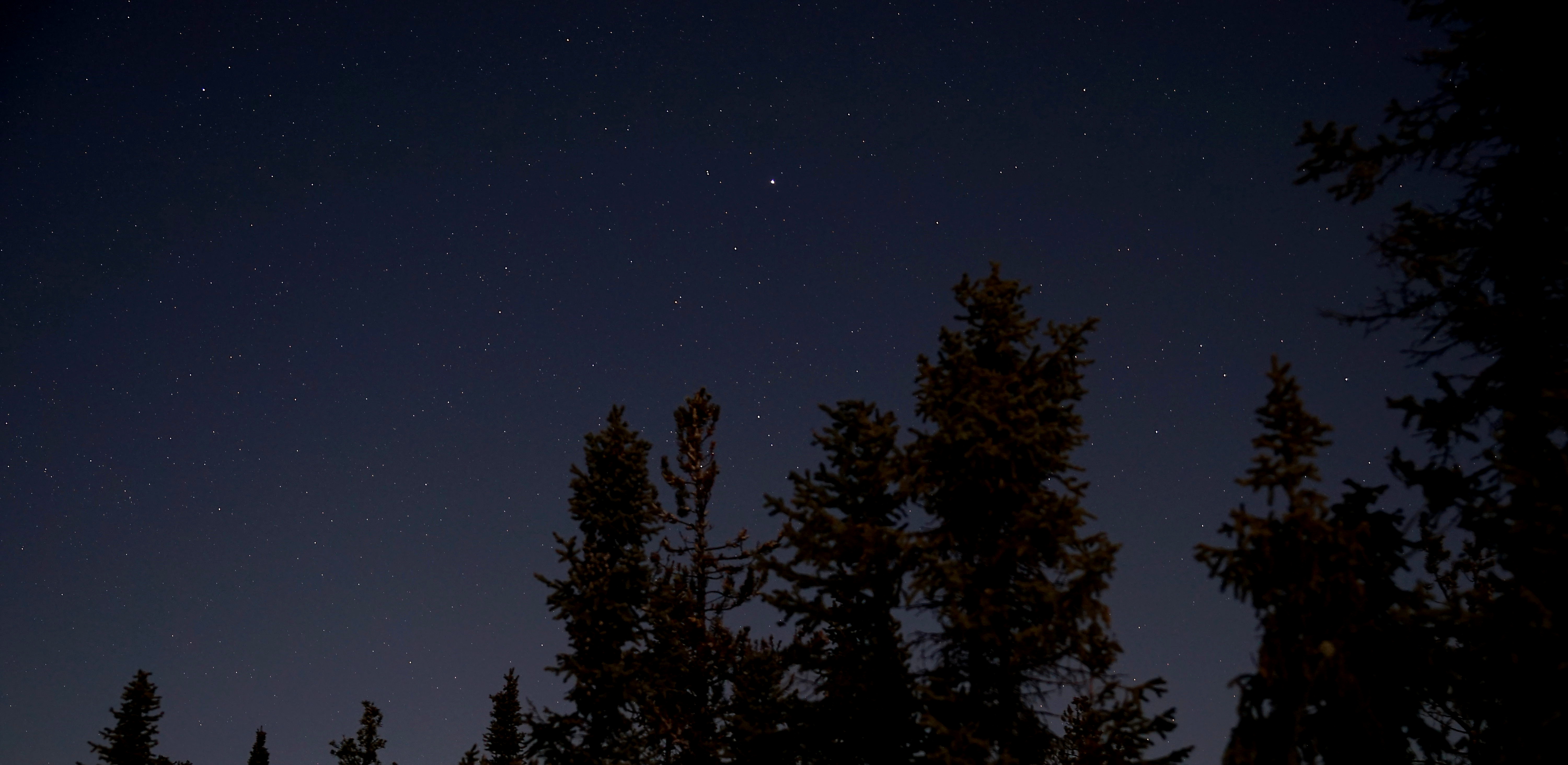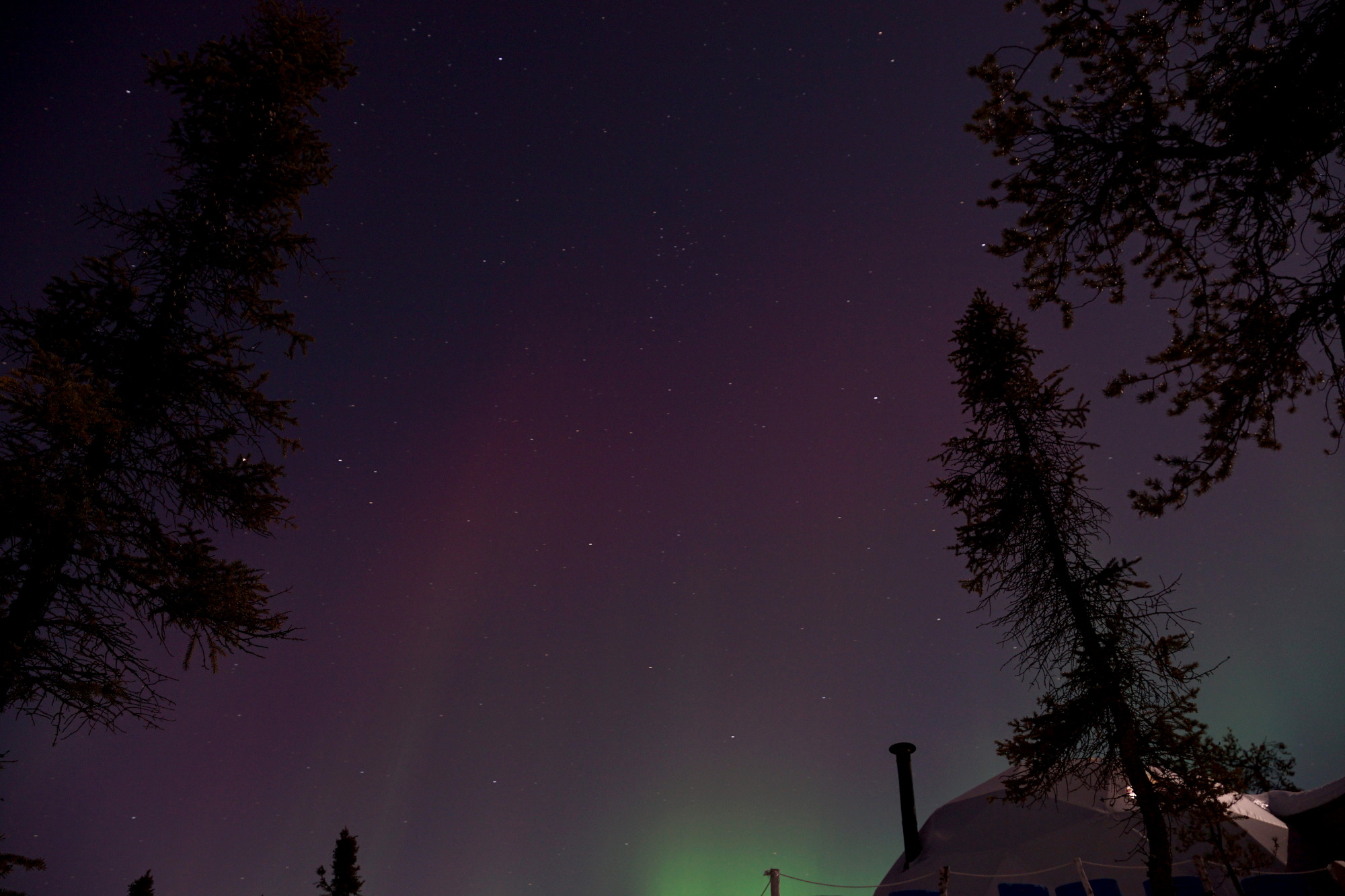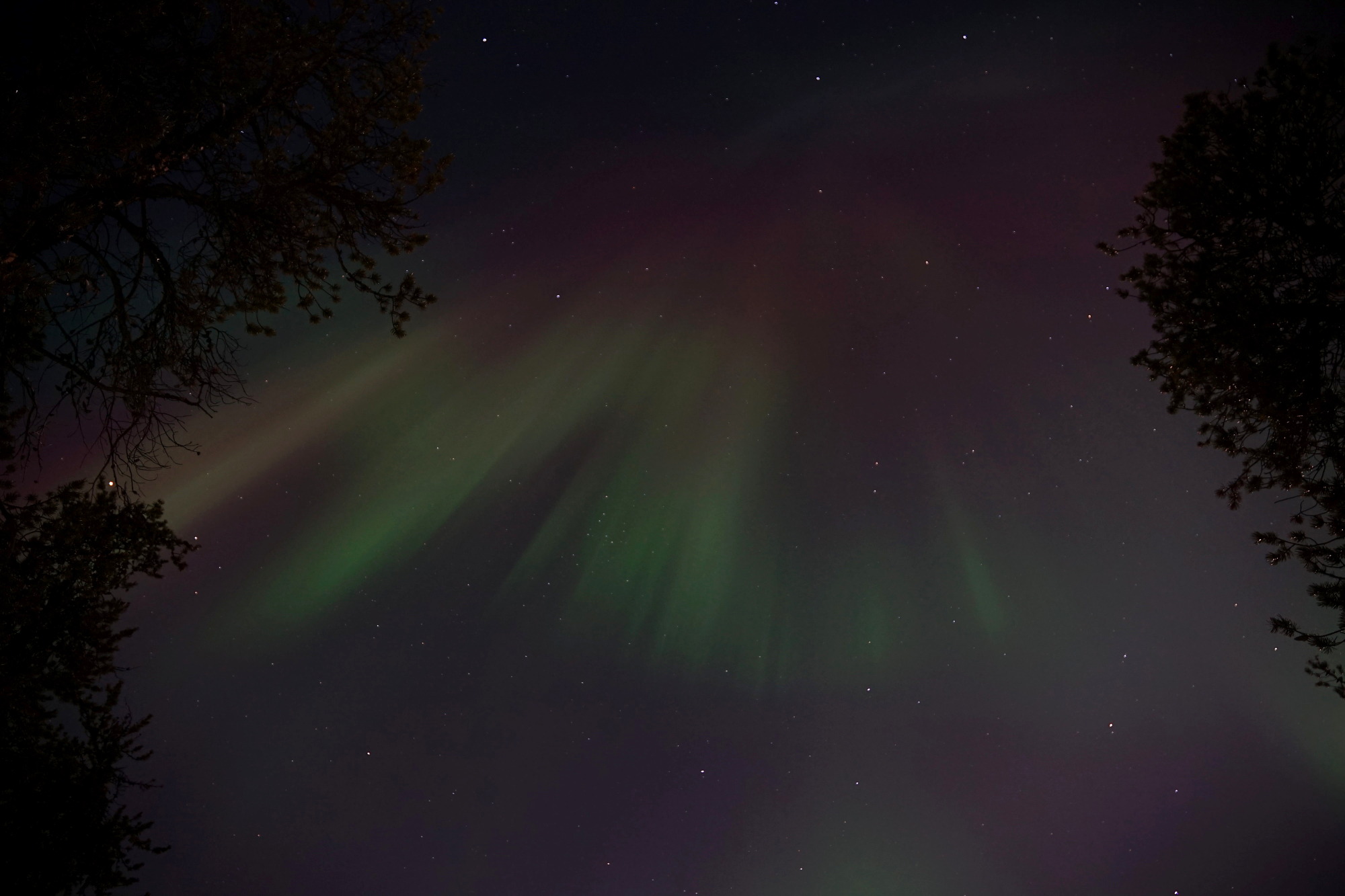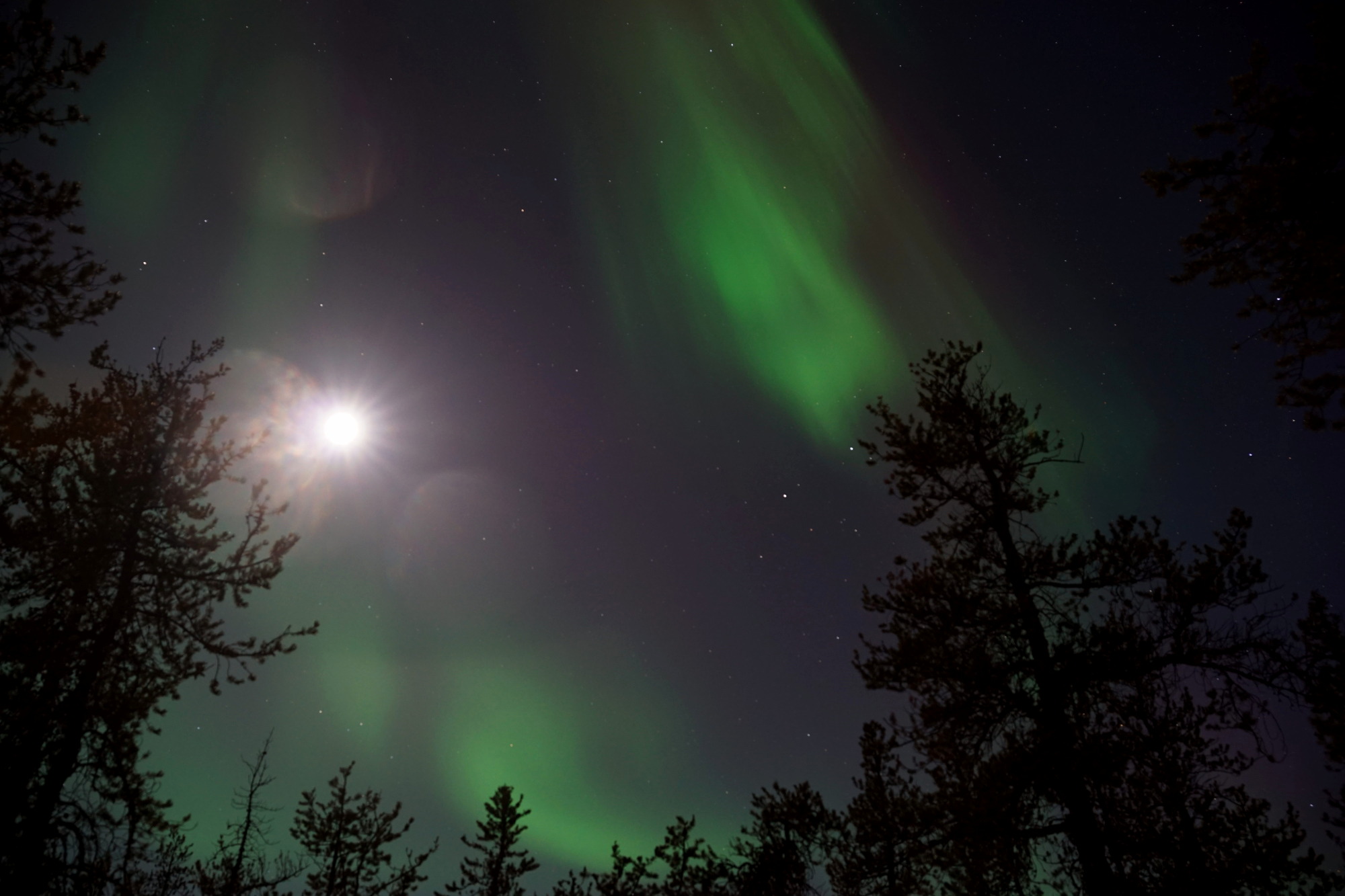Aurora Viewing in Yellowknife
Seeing the northern lights has always been on my bucket list, so this year I decided to travel up north to Yellowknife, NT for 5 days and experience them in person. Here’s how I planned my trip, and some pointers for anyone interested in doing the same.

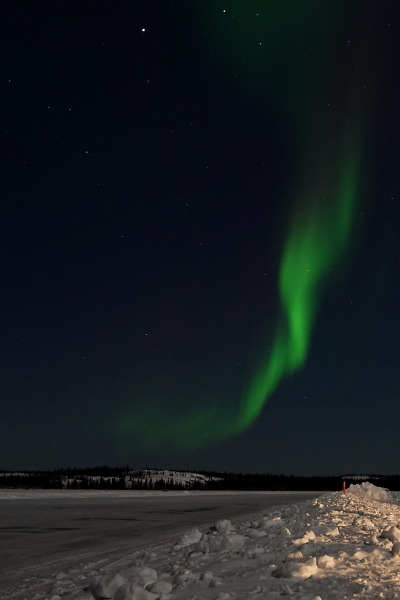
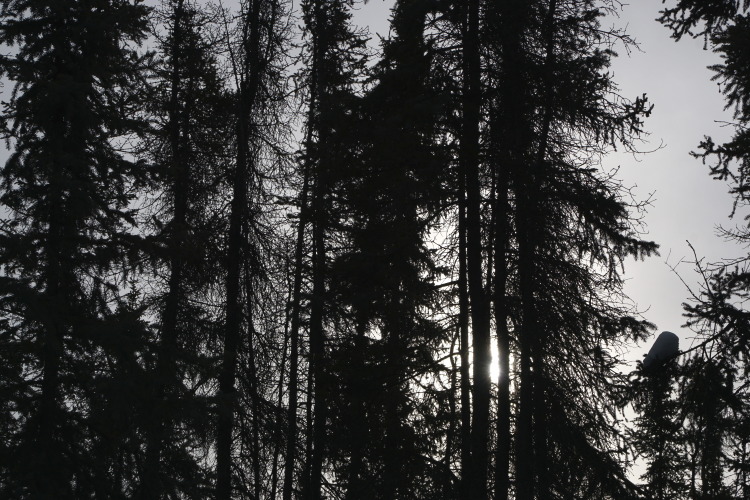
Table of contents
- Yellowknife
- When to visit
- What to bring
- Safety
- Things to see and do
- Aurora photography tips
Yellowknife
Yellowknife is the only city in the Northwest Territories. Around half of NT’s 40,000 residents live in YK. The next largest municipality (Hay River) is a six hour drive from YK and has a population of 3,000. That said, the city is like any large-medium Ontario town — you’ll find urban comforts like supermarkets, fast food, and malls within walking distance of any of the hotels in town. The city is small enough to walk across, though if you need walking aids or wheelchairs I’d recommend using a taxi or car since sidewalks are often covered in ice.
The city is built on the shores of Great Slave Lake/Tinde’e/Tucho. Prior to Canadian colonization the largest permanent settlement in the area was the Dene Dettah settlement, southeast of present day Yellowknife on the opposite side of Yellowknife Bay. Canadian miners began settling in the Yellowknife area in the early 1900s following the discovery of gold and heavy metals.
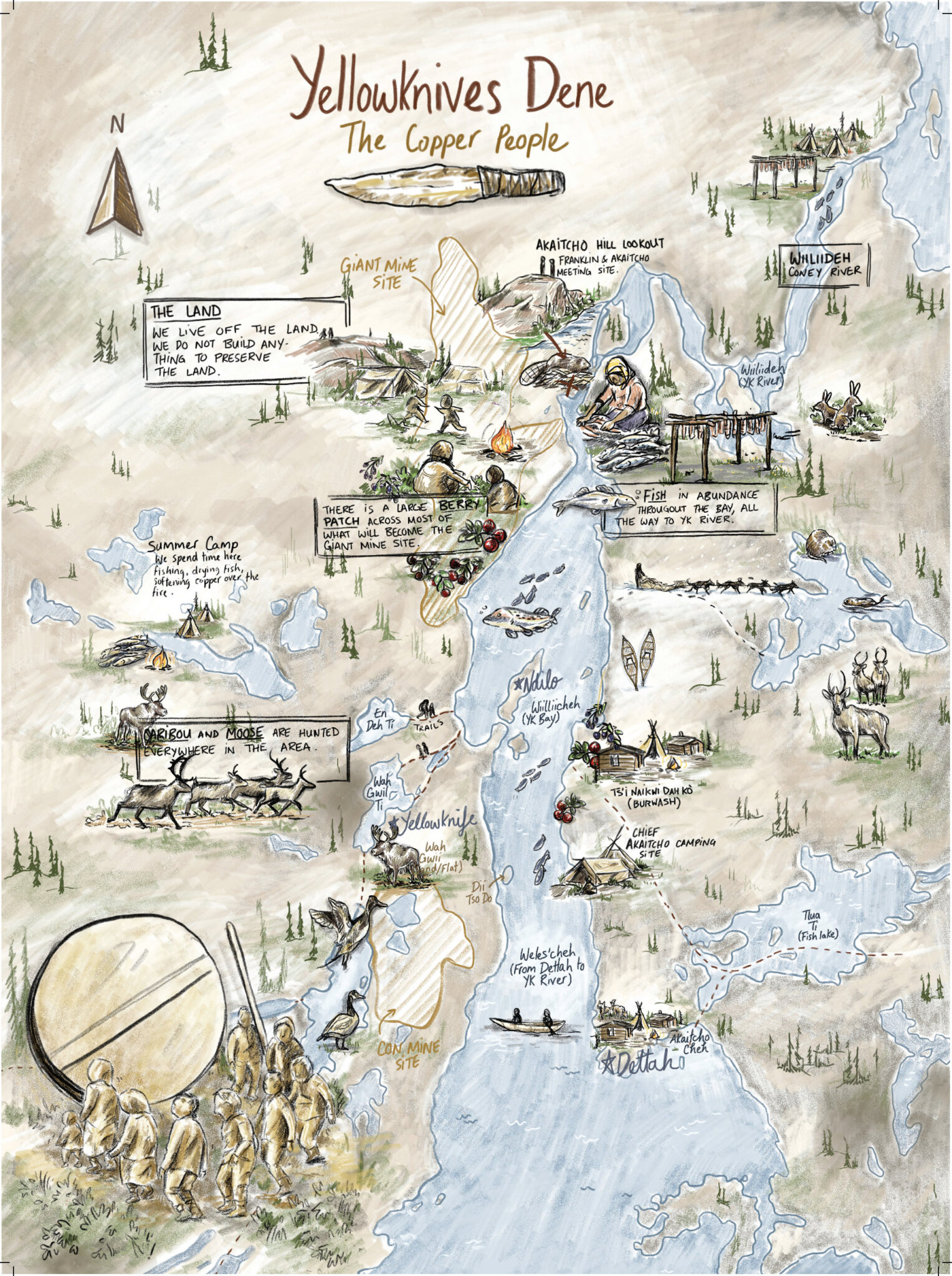
When to visit
If you’re visiting to see the aurora, planning is key. There are four factors to keep in mind, ordered from most to least predictable:
- Solar cycle
- Daylight hours
- Cloud cover & moonlight
- Short-term solar activity
Solar cycle
Auroras are caused by charged particles from the sun entering Earth’s magnetosphere, and these particles are most numerous when there is lots of solar wind. This solar wind is associated with sunspots. The Sun follows a ~11 year solar cycle, during which sunspot activity rises and falls. These sunspots eject large volumes of particles towards the Earth, so the more active the Sun is, the more likely you are to see an aurora and the more vivid the lights are.
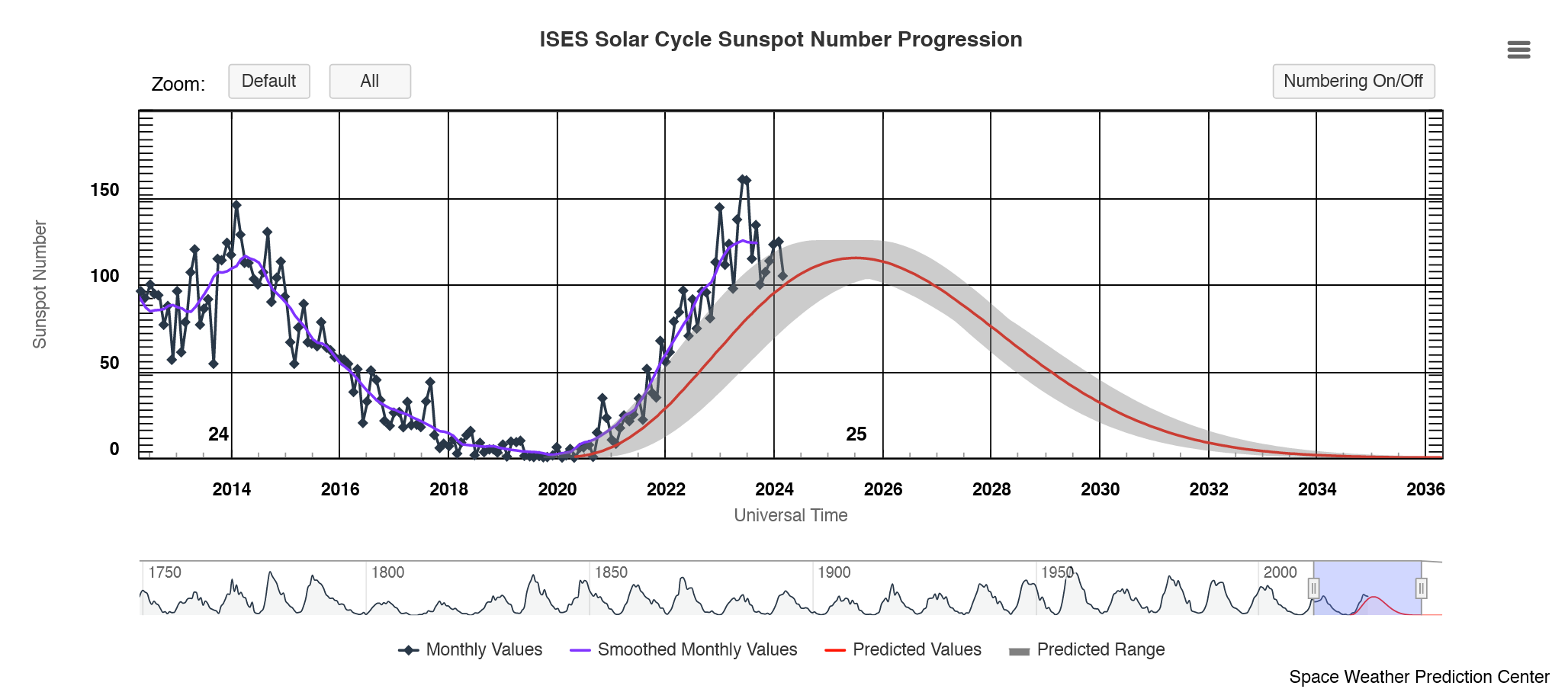
Daylight hours
The aurora is most visible when it’s dark out. Technically it’s active during the day, but the sunlight drowns it out. For this reason it’s best to visit from mid-November to early April, since Yellowknife’s latitude causes 20-hour-long summer days with bright nights.
Cloud cover & moonlight
The aurora will be impossible to spot if it’s behind the clouds. For this reason, visiting in the winter is doubly recommended - cold weather (< -20°c) reduces cloud coverage. The moon will also make auroras harder to see. I visited during a half-moon and the aurora was still visible with the naked eye, but the experience will be much better during a new moon.
Short-term solar activity
In addition to the 11-year cycle, solar activity varies over the course of days and weeks. Check aurora forecasts from groups like Astronomy North for more detail. I don’t understand the specifics behind these forecasts, but during my stay they’d change on a daily basis, so they seem to be unpredictable.
What to bring
Your typical photo gear (tripod, backup SD card, backup battery) will suffice. A microfiber cloth or two are recommended - if your camera lens is -20°c and you bring it indoors it will quickly develop a layer of ice.
Pack for a typical cold winter. Bring sunglasses - snow is UV-reflective and having 90% of your field of view blasting UV light at you will cause snow blindness. Check if your boots are built for cold weather - I visited when it was -25 and my toes were painfully cold after more than 30 minutes in the snow.
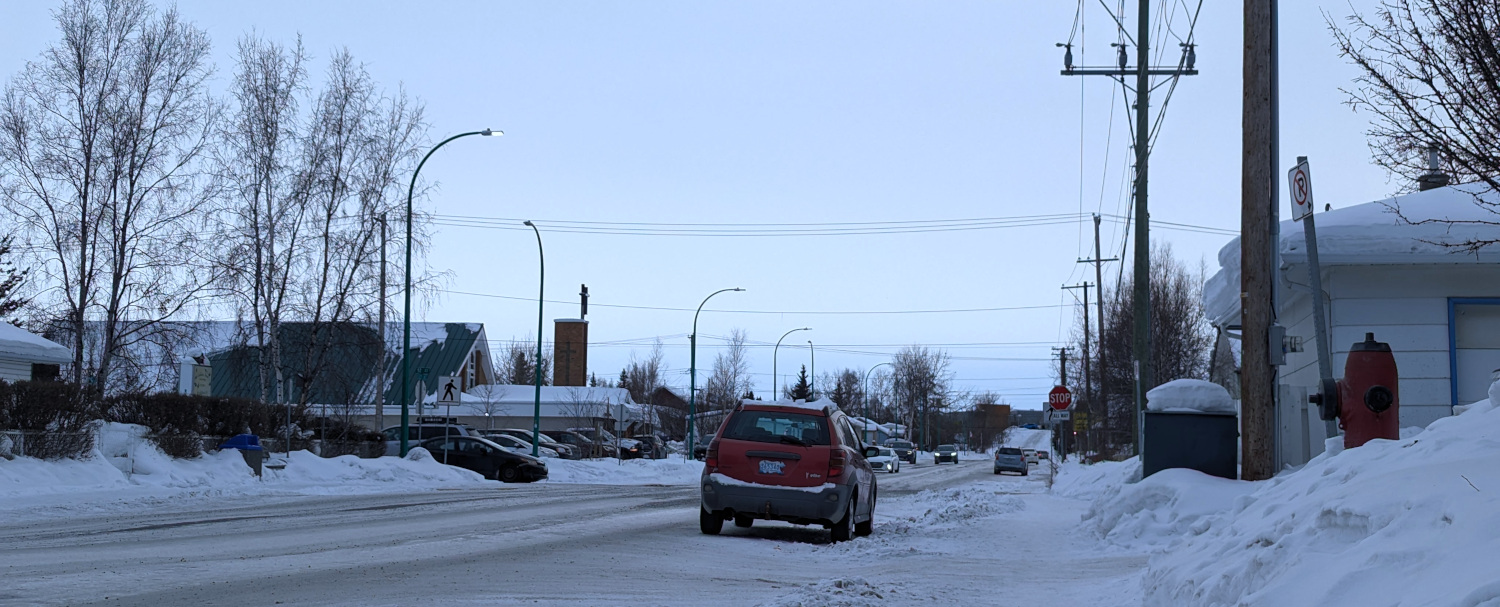
Safety
From my experience as a ~6-foot-tall man the city is safe, but YMMV. Walking on roads outside of the city at night is not recommended. YK is isolated and roads leading out of the city are not lit. Wildlife (including black bears and moose) are not rare. Neither is drunk driving.
Windchill can be extremely dangerous past -35. Dress in layers and keep your skin covered. Two pairs of socks are better than one. Mittens will keep your hands much warmer than gloves.
Things to see and do
I did not rent a car, so I’ll focus on attractions close to the city. If you have a car, you’ll have a lot more options (though those options will be limited to nature and outdoors activities).
Prince of Wales Northern Heritage Centre: A museum on the edge of Frame Lake. Has two floors of exhibits showcasing the history of YK/NT and the Dene people. Free entry.
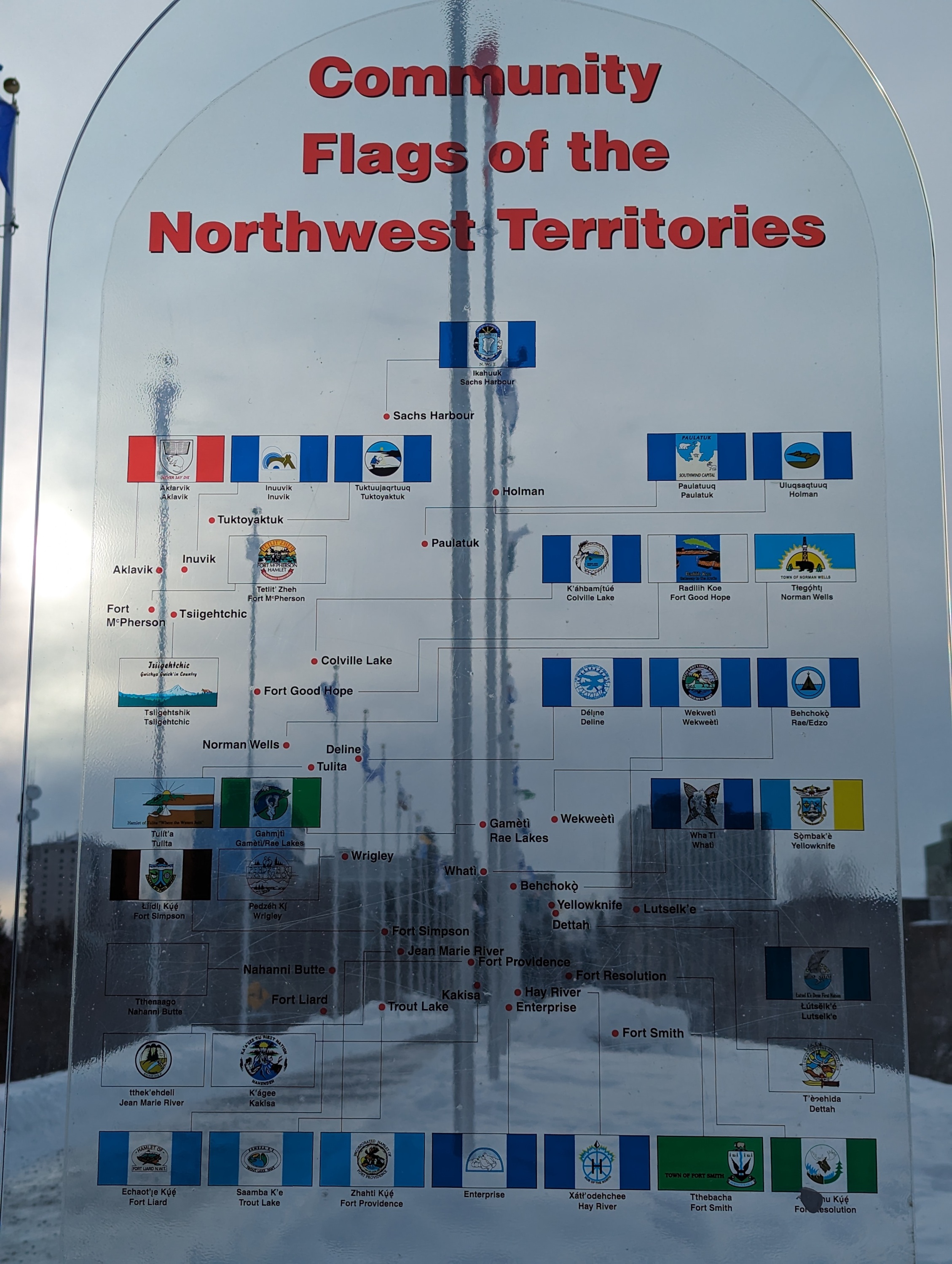
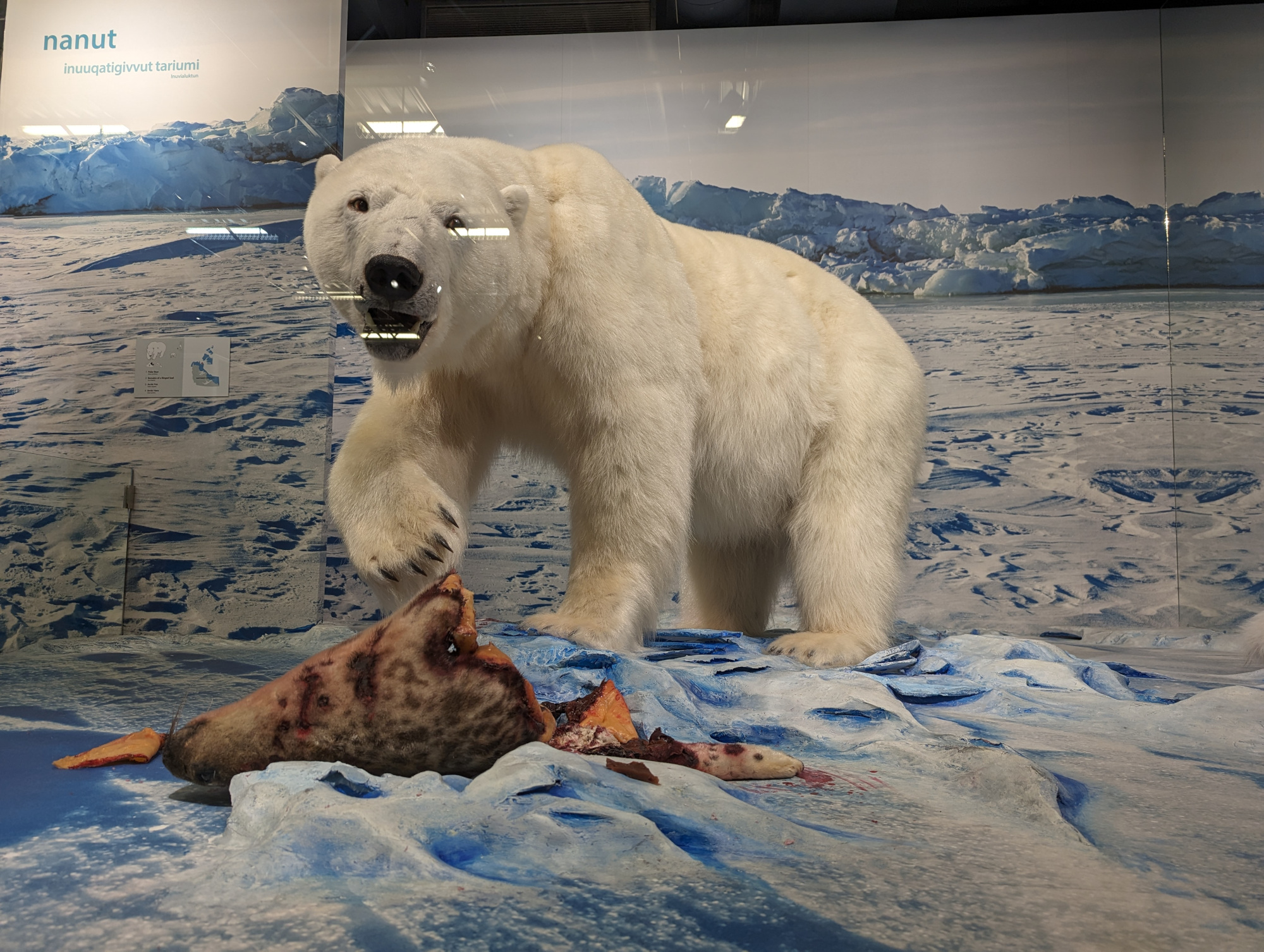
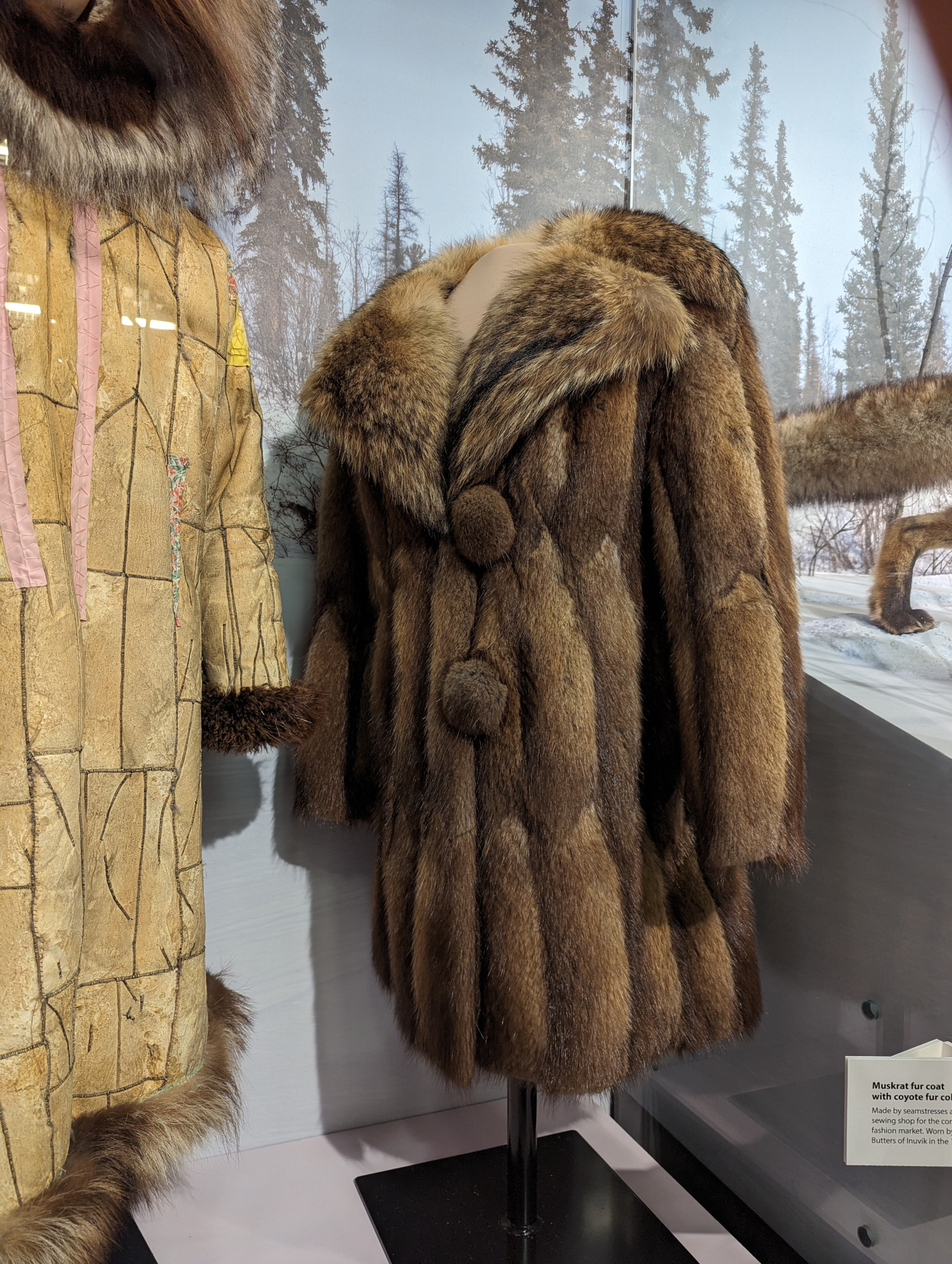
Dettah Ice Road: An 8-kilometer-long ice road built on Yellowknife Bay connecting Yellowknife with Dettah. Check the NT DOT’s website for road conditions.
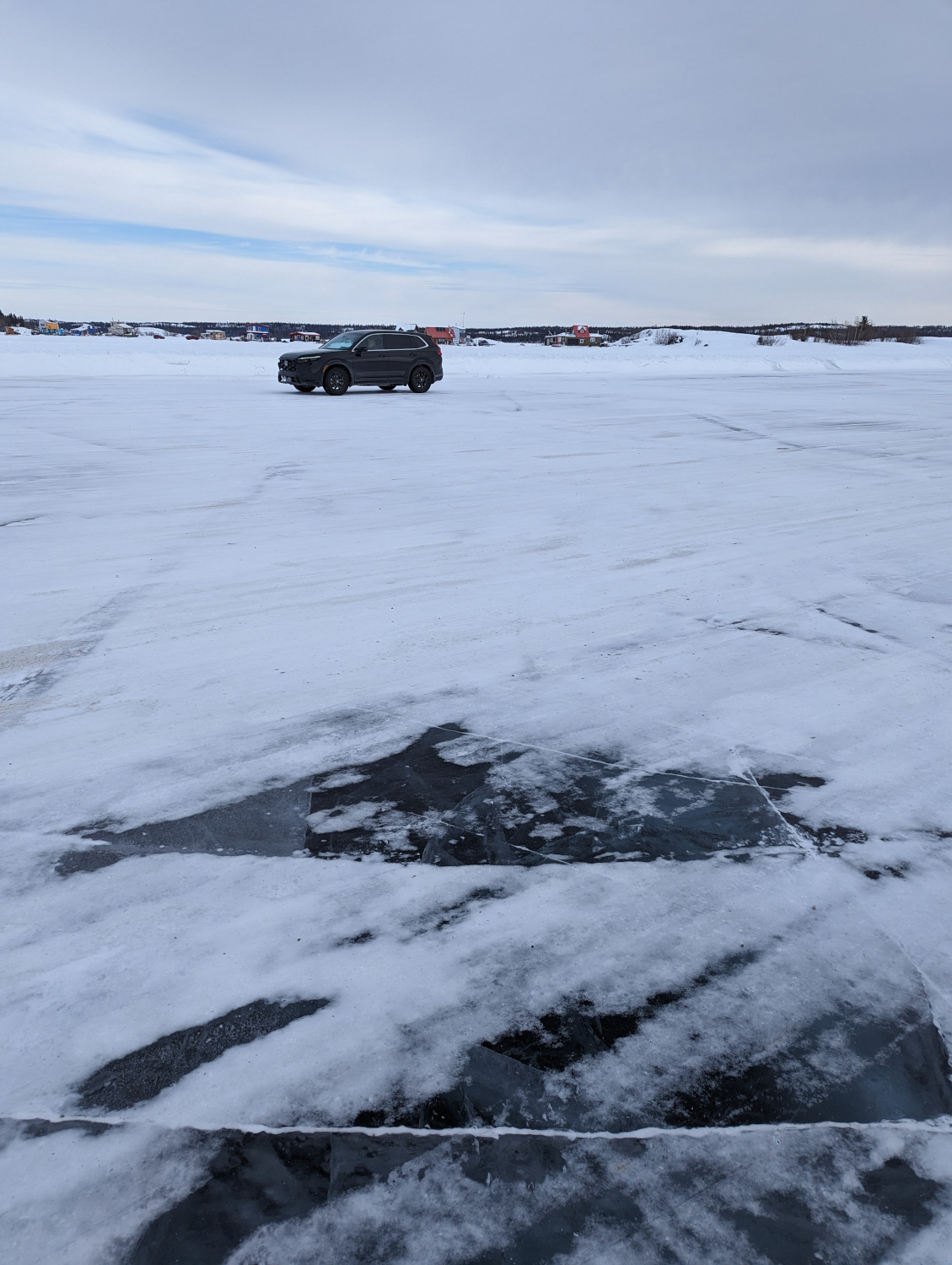
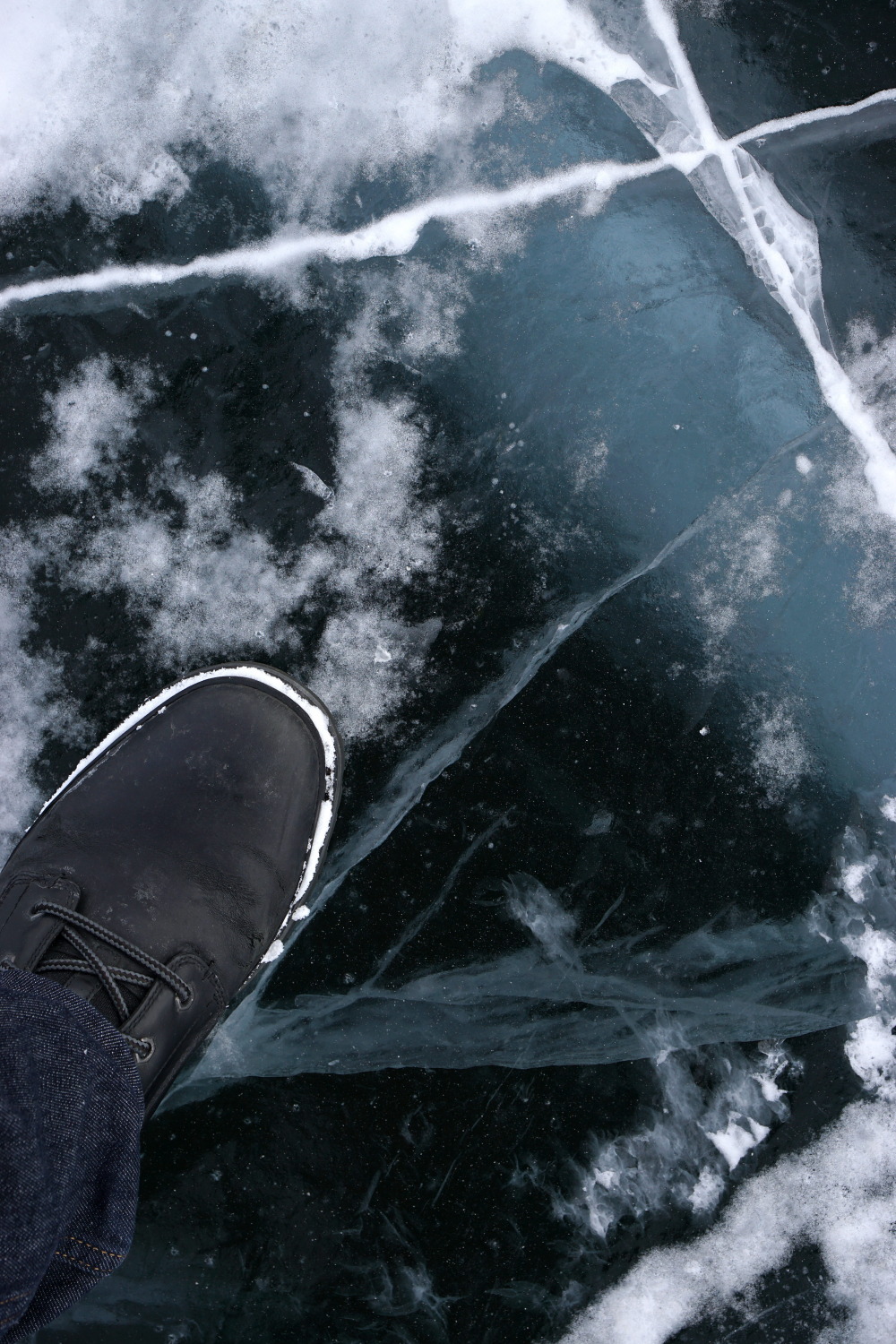
Back Bay Ice Falls: A frozen waterfall/hiking area just north of downtown Yellowknife. Accessible from downtown YK via the trails along Niven Lake/48th St.
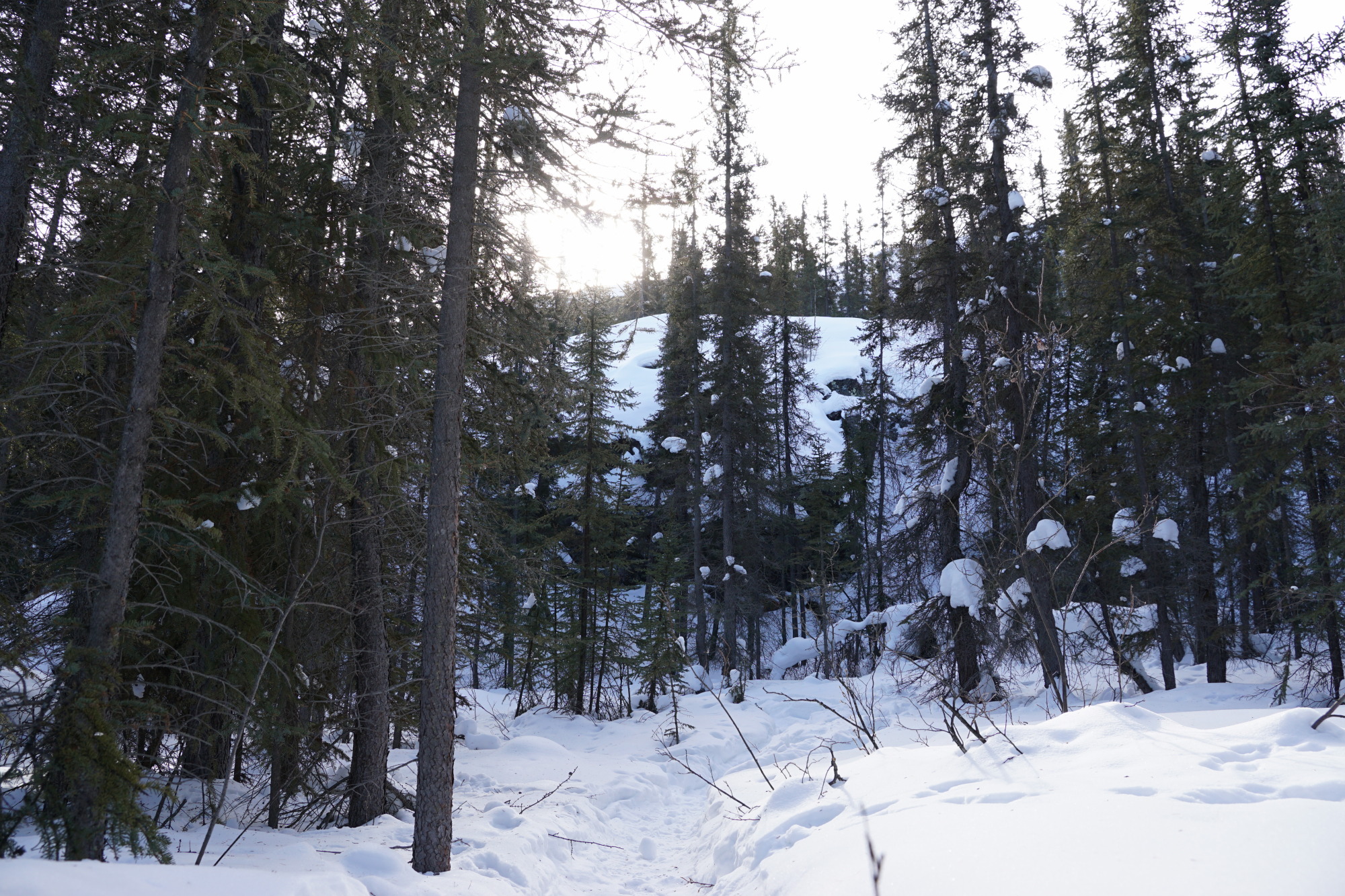
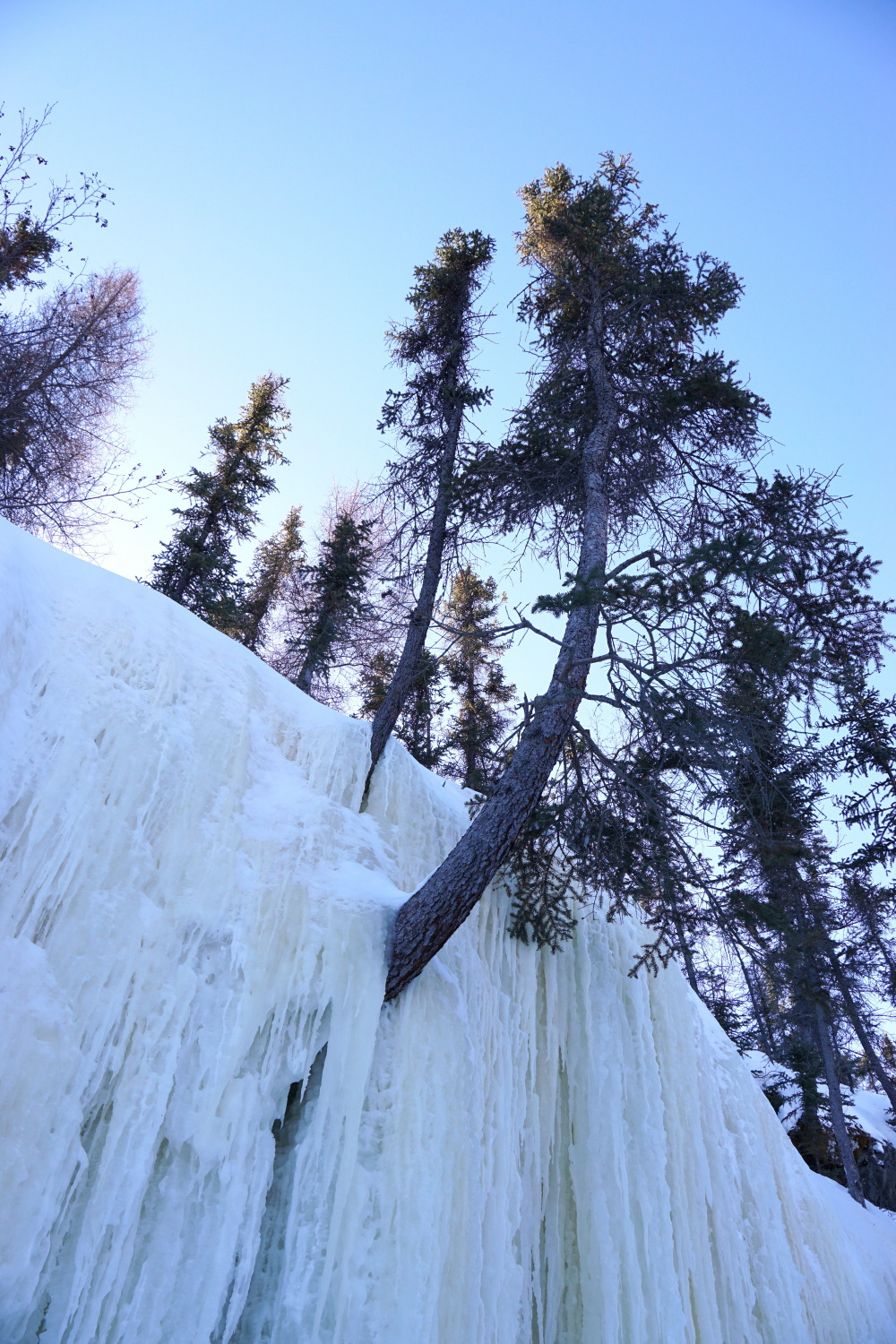
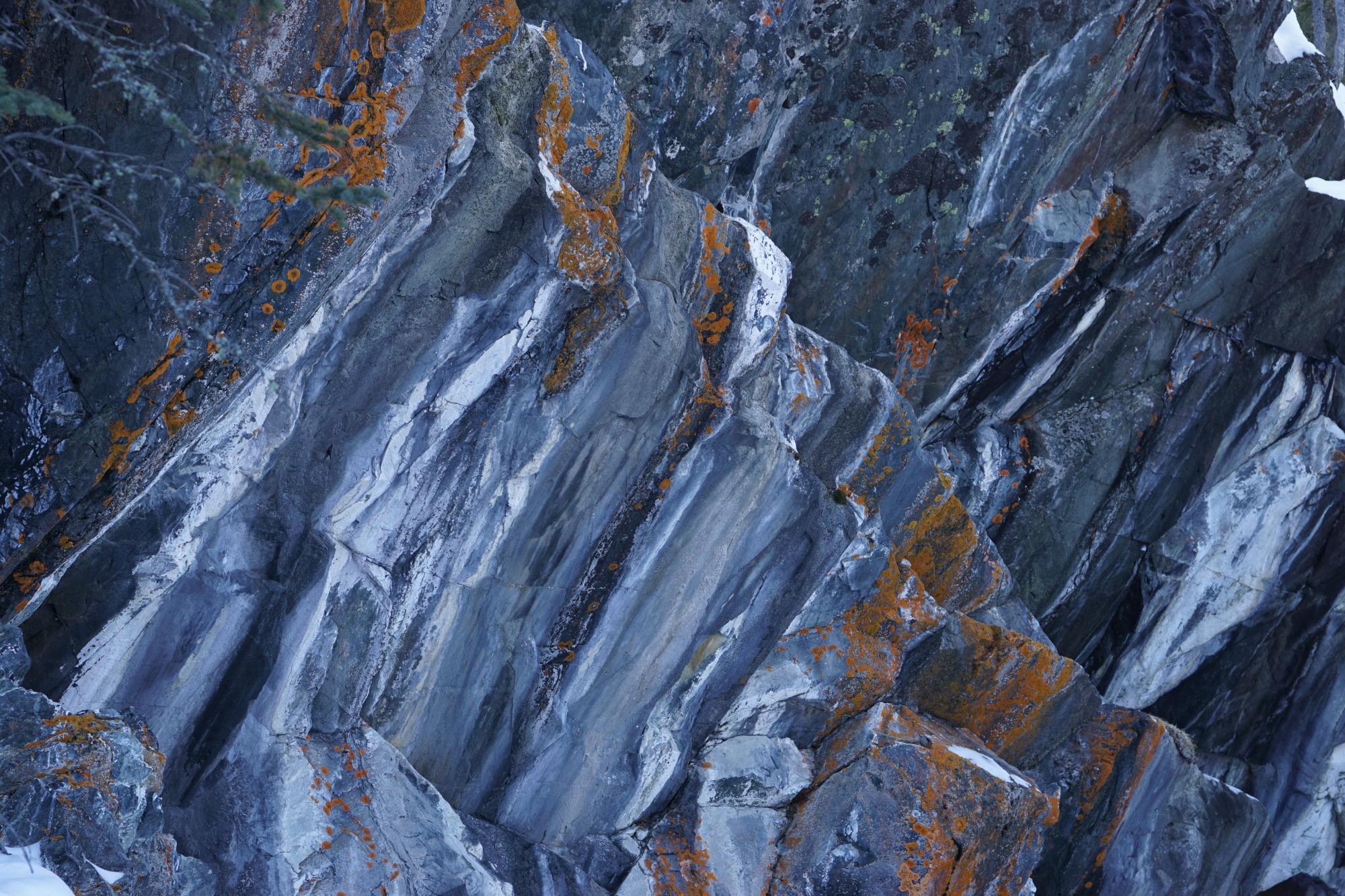
Back Bay Viewpoint: Head south from the ice falls and climb up the hills to get a panoramic view of Yellowknife Bay.
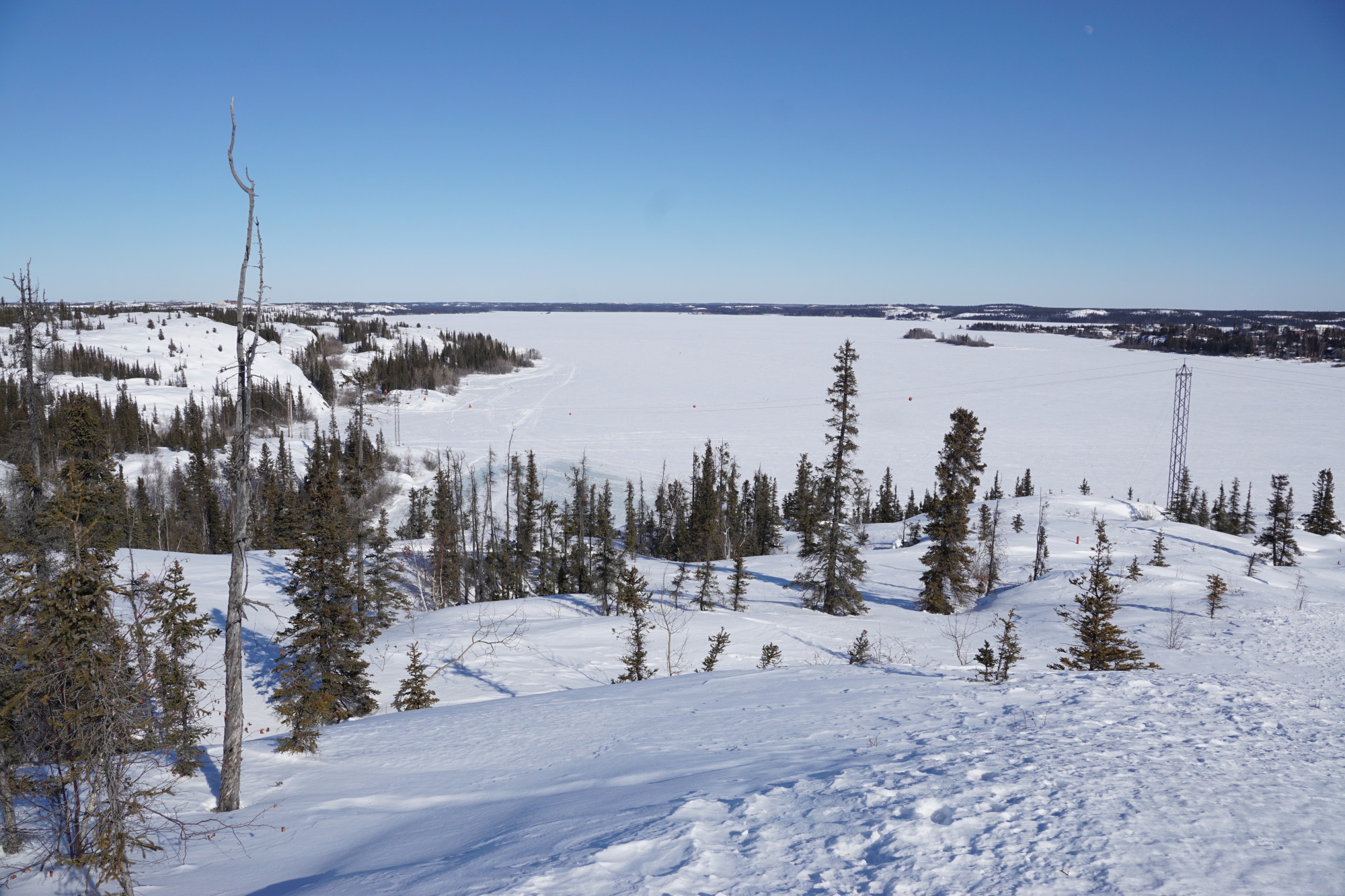
Snowkings’ Winter Festival: A month-long festival taking place by a snow castle built on top of the frozen Yellowknife Bay. Events include nightly comedy shows, live music, art, and other performances - check their calendar for details.
Local art: Yellowknife is full of art galleries hosting work from local artists. The Gallery of the Midnight Sun in Old Yellowknife has tons of sculptures and carvings.

Aurora photography tips
Check aurora and cloud cover forecasts before you head out for the night. The lights tend to be active after 11 PM/midnight.
Modern phones can capture the aurora in surprising detail, thanks to computational photography and low-light modes. Camera sensors detect more of the aurora than is visible to human eyes, so the aurora will likely be much brighter than it appears with the naked eye.
If you’re using a standard DSLR/mirrorless body you’ll need a tripod. Long exposures of up to 30 seconds might be needed, but don’t be afraid to turn the ISO up a little bit if it makes it easier to get a good shot. The aurora’s speed and brightness will change throughout the night, so getting familiar with your camera settings (and being able to adjust them while wearing mittens) is recommended. Your fingers may become hard to control after just a minute of exposure to the cold wind.
You’ll want to keep an extra battery or two someplace warm (inside your glove or an inside pocket), since your battery can die without warning due to the cold.
Autofocus will not work at night - get familiar with manual focus and use the stars as targets.
My most important tip is to take a moment to just appreciate where you are and what you’re seeing. Safe travels!
